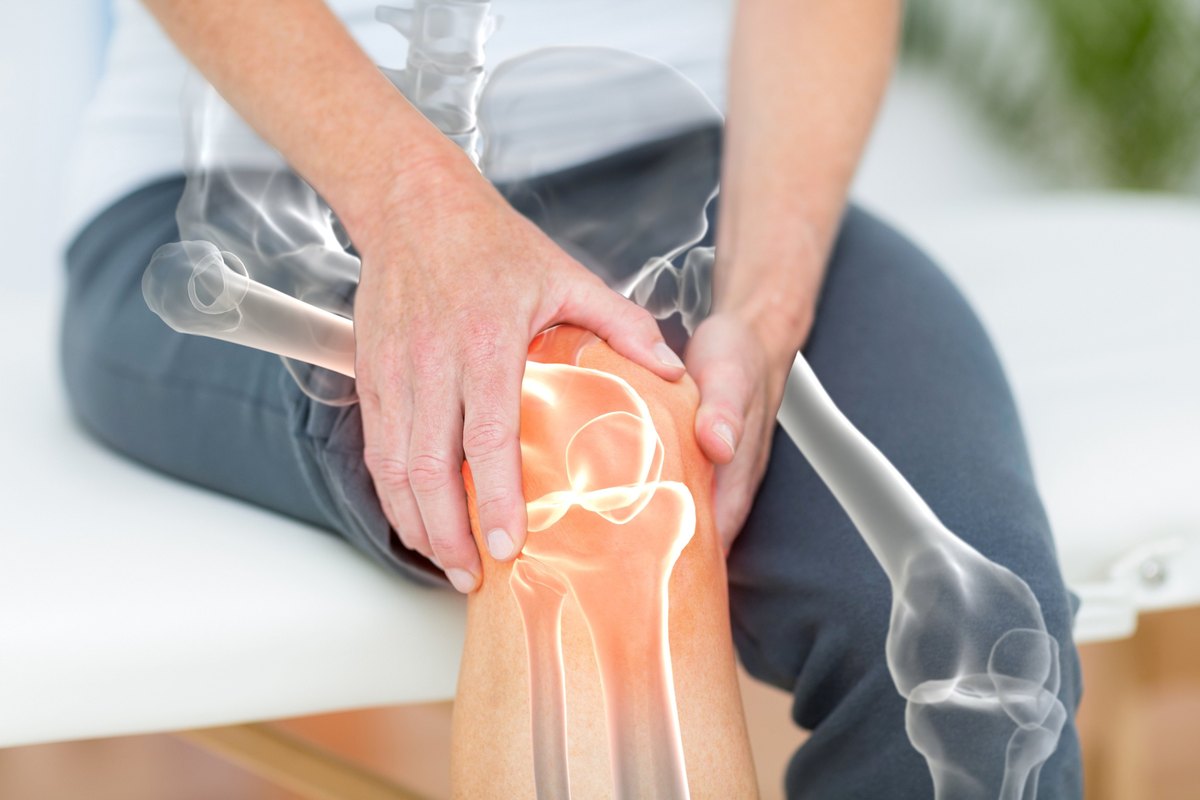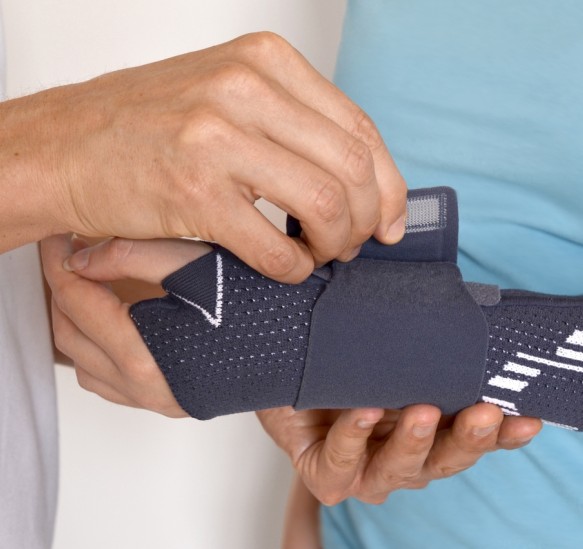Sommaire
- Massaging with essential oils to relieve muscle pain
- Drink anti-inflammatory and muscle-relaxing herbal teas
- Using heat to relax muscles and reduce soreness
- Making poultices to get rid of aches and pains
- The mud of fango
- Drink low mineral content water to flush out toxins associated with muscle soreness
- Massage with plants such as arnica
- BONUS: fighting sports-related aches and pains
Massaging with essential oils to relieve muscle pain
No side effects and no risk to your health, natural remedies and painkillers are the preferred solutions as much as possible if you suffer from muscle pain. In most cases, it is not necessary to use traditional medicines to reduce the inflammation that causes your pain.
Wintergreen essential oil
Thanks to Its highly anti-inflammatory and antispasmodic action, this plant has been used for thousands of years by the Amerindians.
To enjoy its benefits, simply mix two to three drops of essential oil with a teaspoon of vegetable oil of your choice to rub the areas affected by your pain, two to three times a day.
Caution, make sure you are not allergic to aspirin, on blood-thinning drugs or pregnant , In which case, this plant is not recommended. Finally, it is recommended to be at least twelve years old to use wintergreen essential oil.
Super lavender essential oil
Provided with analgesic and muscle relaxant properties , This essential oil relieves benign muscular contractures at a surprising speed. Dilute forty drops in twenty millilitres of a vegetable oil of your choice and apply it to the affected area.
Drink anti-inflammatory and muscle-relaxing herbal teas
Devil's claw teas
Also called Harpagophytum, this plant is a natural anti-inflammatory against muscle pain, free of side effects. It can even be used in background treatment for two or even three months for athletes in particular.
However, you should be aware that it is not recommended for people suffering from ulcers located in the duodenum or gastric area.
The queen of the meadows
Anti-inflammatory and diuretic, Meadowsweet has the ability to soothe pain and reduce the amount of lactic acid in the muscles.
Brew a teaspoon of a mixture of dried leaves and flowers in three decilitres of boiling water. After ten minutes, strain the infusion and drink three to five cups daily;
Just as for wintergreen, People who are allergic to aspirin or are taking blood-thinning drugs should not consume this infusion.
The pilosella mother tincture
From the same family as the artichoke or the dandelion, the pilosella, which is a creeping plant with diuretic properties, is a member of the Asteraceae. Its consumption promotes the elimination of lactic acid by the kidneys, an acid that causes aches and pains.
Take thirty to fifty drops diluted in a large glass of water. You can consume it between three and five times a day.
Pregnant women and children should not drink this beverage.
Using heat to relax muscles and reduce soreness
Heat has the ability to reduce inflammation, swelling and muscle tension. Heat can be used in different ways.
Hot compresses
Place a heated hot water bottle, wrapped in a cloth so as not to burn yourself, on the area that hurts. Leave the area to heat up for about fifteen minutes until you feel the pain. an improvement in pain and a softening of the muscle.
By warming up the area of your aches and pains, you increase the blood flow which will then take with it the lactic acid created during your sporting activity and allow it to be eliminated by the kidneys.
To do this, simply soak a cloth in very hot water and wring it out slightly so that you can apply it to the area to be treated without it dripping and, above all, without burning yourself. Cover with an extra cloth so that the heat is not lost too quickly. You can repeat this three to four times a day.
Alternatively, you can also take a bath, use a gel pack or heating patch. A warm bath speeds up the circulation and thus helps to remove waste products and toxins from the muscles, such as lactic acid. Stay in the bath for a full half hour. People who suffer from high blood pressure or circulatory or heart problems should be wary of heat.
Making poultices to get rid of aches and pains

The mud of fango
From volcanic origin,this mineral mud is popular for its ability to absorb toxins from the tissue. As a hot poultice, it will also allow you to accentuate the cellular exchanges within the muscles. Warm your poultice for about ten minutes with hot water and place it on the area affected by the pain. You can do this two to three times a day.
Using reflexology to relieve muscle pain
As blood purifying organs, the kidneys are essential for the evacuation of waste, toxins and all forms of acids. The foot reflexology zone corresponding to the kidneys is located in the centre of the sole of the foot. Simply put some cream on the area and massage it in using your thumb to apply pressure for ten minutes. This massage should be done twice a day.
Drink low mineral content water to flush out toxins associated with muscle soreness
It is better to consume only good quality spring water with very little mineral content sinceit will more easily carry the acids that cause pain away from the muscle tissue. Up to two litres per day.
Massage with plants such as arnica
Arnica is no longer presented as aa formidable plant in case of shock, muscle spasms and pain. It is available as an oil or cream. Apply it where you need it and massage gently until it is completely absorbed, Repeat up to three times a day. Not intended for pregnant women and children.
BONUS: fighting sports-related aches and pains
CBD oil is extremely beneficial for hardcore athletes. This is because, its anti-inflammatory properties allow it to fight against muscular pains, in combination with an applied self-massage.
Used daily and over the long term, this product avoids wear and tear injuries and allows faster recovery. The cannabidiol molecules will additionally contain the pain by inhibiting the nociceptive perceptions generated by the muscle pain. In other words, it is an anti-inflammatory boost and an ally of choice for anyone who engages in regular physical activity.


%20(1).jpeg)





